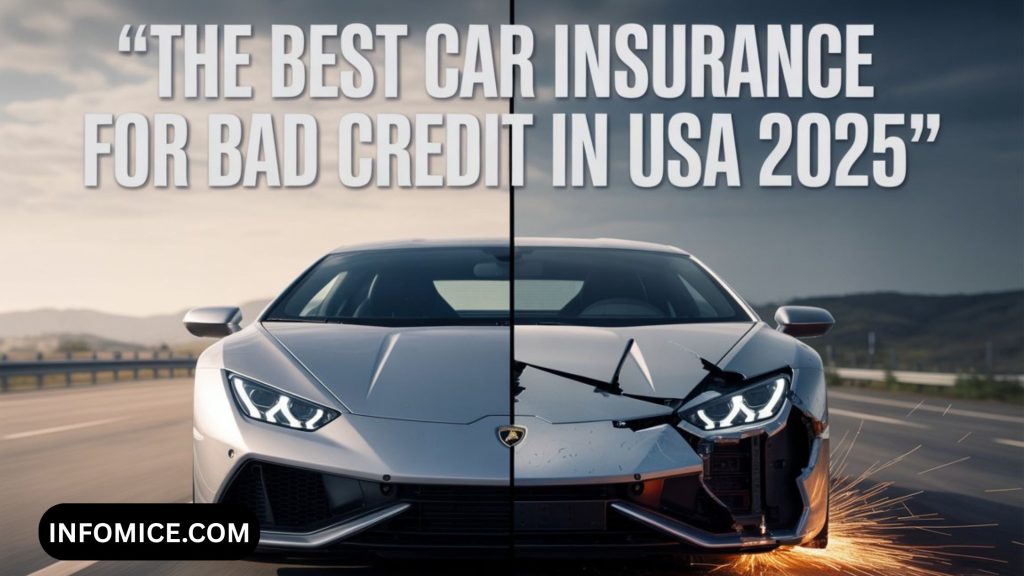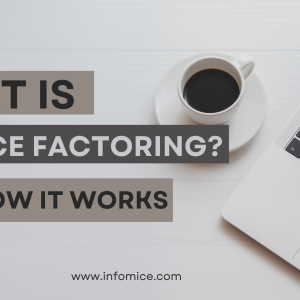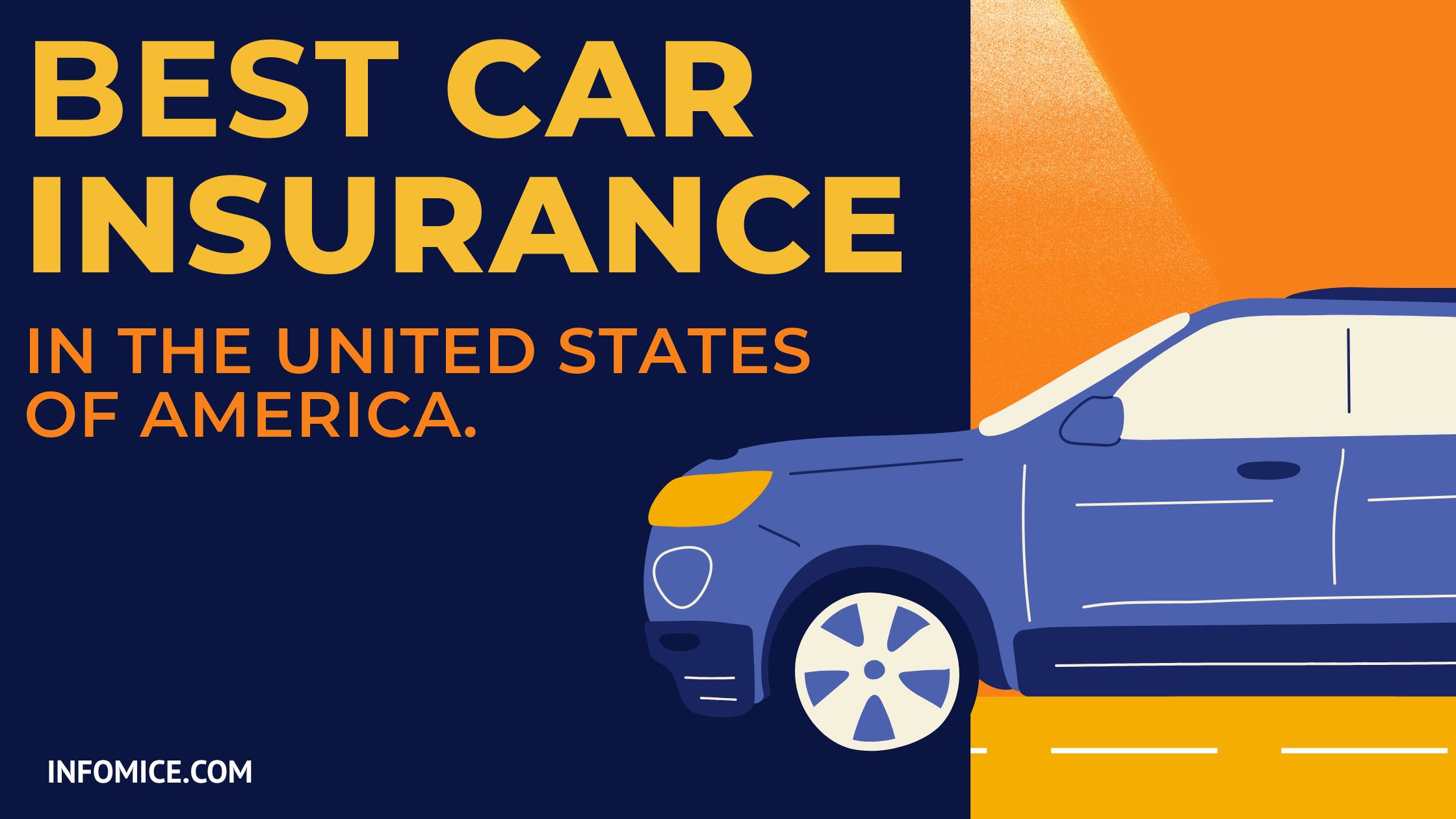
Introduction
Let’s face it, ad credit makes life harder, and that includes getting affordable car insurance in the USA. In 2025, as inflation and risk-based pricing models tighten the belt even further, many Americans with poor credit are asking the same question: What’s the best car insurance for bad credit?
Good news: you’ve got options. While having bad credit may raise your premiums, there are still insurers and strategies that can keep costs manageable. As a blogger with over 10 years of experience in the insurance space, I’ve dug deep to bring you the latest, most accurate advice.
Why Do Insurers Check Credit?
Insurance companies use a “credit-based insurance score” to predict how likely you are to file a claim. Studies show that individuals with lower credit scores statistically file more claims or cost more to insure. Whether that’s fair or not is a different debate, but it’s the reality.
States Where Credit Can’t Be Used
As of 2025, a few states have made it illegal to factor in credit scores when calculating auto insurance premiums. These include:
- California
- Hawaii
- Massachusetts
- Michigan
If you live in one of these, you’re in luck, your credit score won’t affect your premium.
How Much Does Bad Credit Increase Rates?
A driver with poor credit may pay 50% to 100% more than someone with excellent credit, depending on the insurer and location. That could be hundreds or even thousands of dollars annually.
Top Car Insurance Companies for Drivers with Bad Credit
1. GEICO
GEICO tends to offer competitive rates even for drivers with subpar credit. They also offer various discounts that help offset higher base rates.
2. Progressive
Progressive is a solid choice for bad credit drivers thanks to its Snapshot program (which rewards good driving habits), flexible payment plans, and no-nonsense online quote tools.
3. Nationwide
Nationwide provides fair pricing for drivers with all credit backgrounds. Plus, they offer SmartRide, a telematics program that rewards safe drivers, regardless of credit score.
4. Allstate
Allstate offers several ways to save, including bundling, safe driver bonuses, and drive wise, their telematics app that tracks driving behavior.
5. Root Insurance
Root bases your rate almost entirely on your driving habits—not your credit. You’ll need to use their app and drive well for a few weeks before they give you a quote.
6. State Farm
While State Farm does consider credit, they are known for great customer service, local agents, and policy customization. Their Drive Safe & Save program can provide significant discounts.
7. USAA (If Eligible)
If you’re in the military or a family member is, USAA is your best bet. Their rates for bad credit are some of the lowest in the country, but eligibility is restricted.
Best Policy Types and Features for Bad Credit Drivers
Minimum Coverage vs. Full Coverage
If your car is older or paid off, minimum coverage may be all you need. It keeps costs low while staying legal. Just be sure it’s enough to cover your assets in an accident.
Usage-Based Policies
Usage-based insurance (UBI) programs track your mileage and driving style. Drive less and drive safer? You save more, even if your credit is bad.
Telematics Programs and How They Help
Apps like Snapshot, Drive wise, and Smart Ride track:
- Speed
- Braking
- Time of day you drive
If you’re a careful driver, these programs can offset the cost of bad credit.
How to Lower Car Insurance with Bad Credit
Shop Around Frequently
Don’t settle for the first quote. Use comparison tools like:
- The Zebra
- Insurify
- Compare.com
You’ll be shocked how much rates can vary—even with the same credit score.
Focus on Driving Habits and Records
Good driving can outweigh poor credit in some insurers’ eyes. Avoid tickets, DUIs, and accidents like the plague.
Increase Your Deductible (If You Can Afford It)
A higher deductible = a lower premium. But only do this if you’ve got savings ready for emergencies.
Look for Discounts That Don’t Depend on Credit
Examples include:
- Defensive driving courses
- Low mileage
- Anti-theft devices
- Bundling auto with renters/home insurance
Alternative Options for High-Risk Drivers
Non-Standard Insurers
These specialize in insuring high-risk drivers. Think:
- Dairyland
- The General
- Infinity Insurance
They may cost more upfront but offer coverage when mainstream providers say no.
State-Sponsored Programs
Most states offer Assigned Risk Pools for drivers who can’t find coverage. You’ll pay more but meet legal requirements.
Pay-Per-Mile Insurance
If you drive less than 8,000 miles a year, insurers like Metro mile or Mile Auto may offer big savings.
Real Customer Examples
- Lina from Florida had a 520-credit score and was quoted $280/month. After switching to Progressive and enrolling in Snapshot, she dropped her rate to $179.
- James in Texas used GEICO and installed an anti-theft device and safe driving app, his rate dropped 20% in six months.
- Maria from California (where credit isn’t used) switched to a UBI plan and saved 40% based on her clean driving.
Expert Tips for Managing Credit & Car Insurance
- Check your credit report regularly via AnnualCreditReport.com
- Dispute any errors, they can dramatically affect your score
- Pay down credit card balances
- Avoid hard inquiries unless necessary
Improving your score even by 50–100 points can result in hundreds in savings next renewal.
Conclusion
Bad credit doesn’t mean bad coverage. In fact, with the right approach, tools, and providers, you can still get affordable car insurance in the USA in 2025.
It’s all about knowing where to look, which questions to ask, and how to present yourself to the insurer. Whether you use telematics, bundle policies, or just shop around every 6 months, you have more control than you think.


